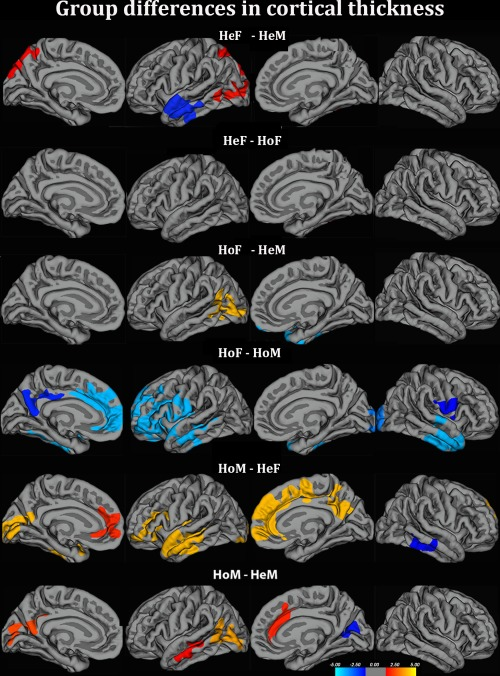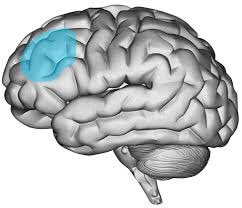How to get URL link on X (Twitter) App

 The first report of an altered IFOF in GD comes from this 2017 paper (), in which they found reduced white matter structural integrity (FA values) in transgender women (not trans men), and appeared independent of sexual orientation. pmc.ncbi.nlm.nih.gov/articles/PMC57…
The first report of an altered IFOF in GD comes from this 2017 paper (), in which they found reduced white matter structural integrity (FA values) in transgender women (not trans men), and appeared independent of sexual orientation. pmc.ncbi.nlm.nih.gov/articles/PMC57…
https://twitter.com/sportingnest/status/1903076704525930784You make the claim that the hypothalamic nuclei (the BSTc in the cited Zhou et al., 1995 study), in transwomen is similar to that of natal women. However, you fail to mention that the BSTc doesn’t become dimorphic until 30-35 years of age and instead assume causality.

 In their whole-brain comparison on CTh in relation to sexual dimorphism, the authors found that FtMs did not differ from female controls (thus having a CTh pattern congruent with their biological sex). Similarly, MtFs also did not differ to female controls (thus having a CTh pattern reflective of the opposite sex).
In their whole-brain comparison on CTh in relation to sexual dimorphism, the authors found that FtMs did not differ from female controls (thus having a CTh pattern congruent with their biological sex). Similarly, MtFs also did not differ to female controls (thus having a CTh pattern reflective of the opposite sex).

 Participants wore a skin-tight suit which was virtually morphed to appear more masculine or feminine, representing images that are associated with either their natal sex or the opposite sex.
Participants wore a skin-tight suit which was virtually morphed to appear more masculine or feminine, representing images that are associated with either their natal sex or the opposite sex.




 Comparing trans participants vs controls, it was observed that the volume of the putamen was greater in the transgender cohort in both the left and right hemispheres:
Comparing trans participants vs controls, it was observed that the volume of the putamen was greater in the transgender cohort in both the left and right hemispheres: 
https://twitter.com/AnnasisLizKelly/status/1667856686315618305Citations:




 Women, on average, showed larger GMV in various frontal regions, such as the ventrolateral and dorsolateral prefrontal cortex, medial and lateral orbitofrontal cortex, and anterior cingulate cortex.
Women, on average, showed larger GMV in various frontal regions, such as the ventrolateral and dorsolateral prefrontal cortex, medial and lateral orbitofrontal cortex, and anterior cingulate cortex. 

 You can see this here:
You can see this here: 






https://twitter.com/IanCopeland5/status/1631177601057161223The authors implemented voxel-based morphology (VBM) to identify changes in local gray matter volume (GMV), in relation to sexual dimorphism, and compare with healthy age-matched control male and females.

https://twitter.com/Mama_LuluVT/status/1620684914386690048Here’s a few examples:





